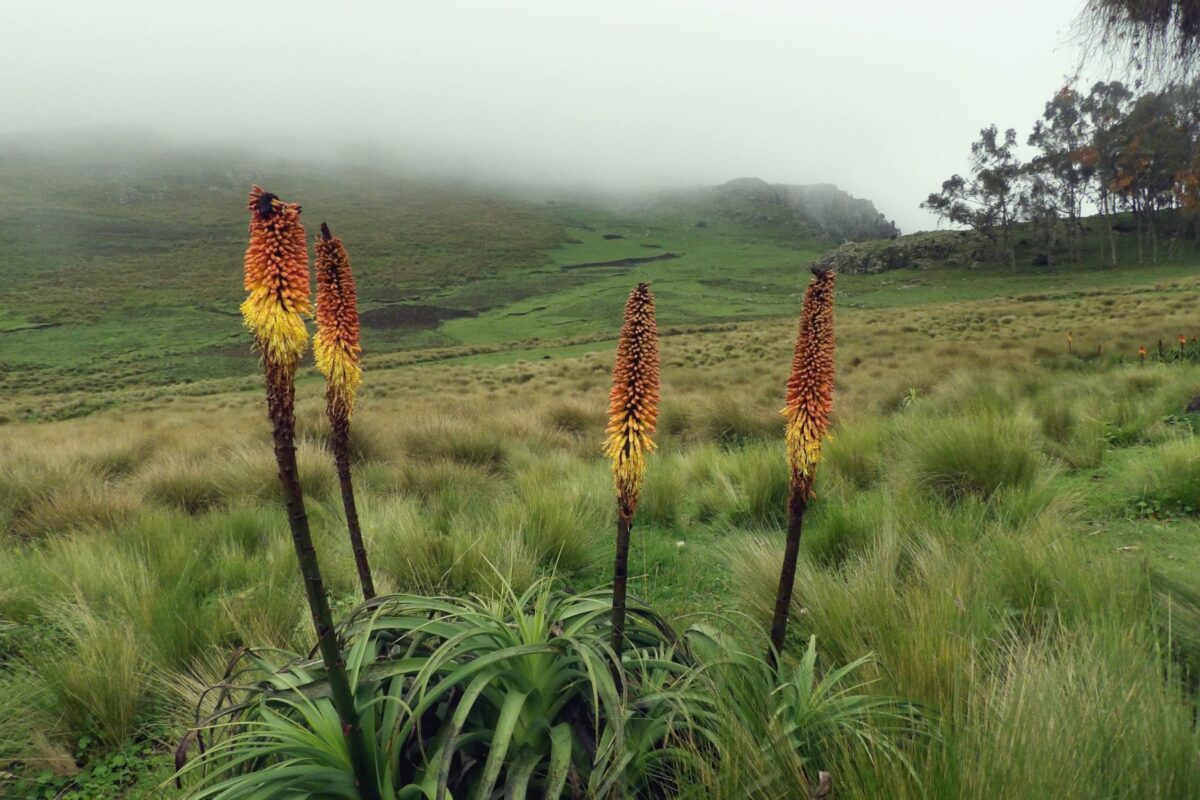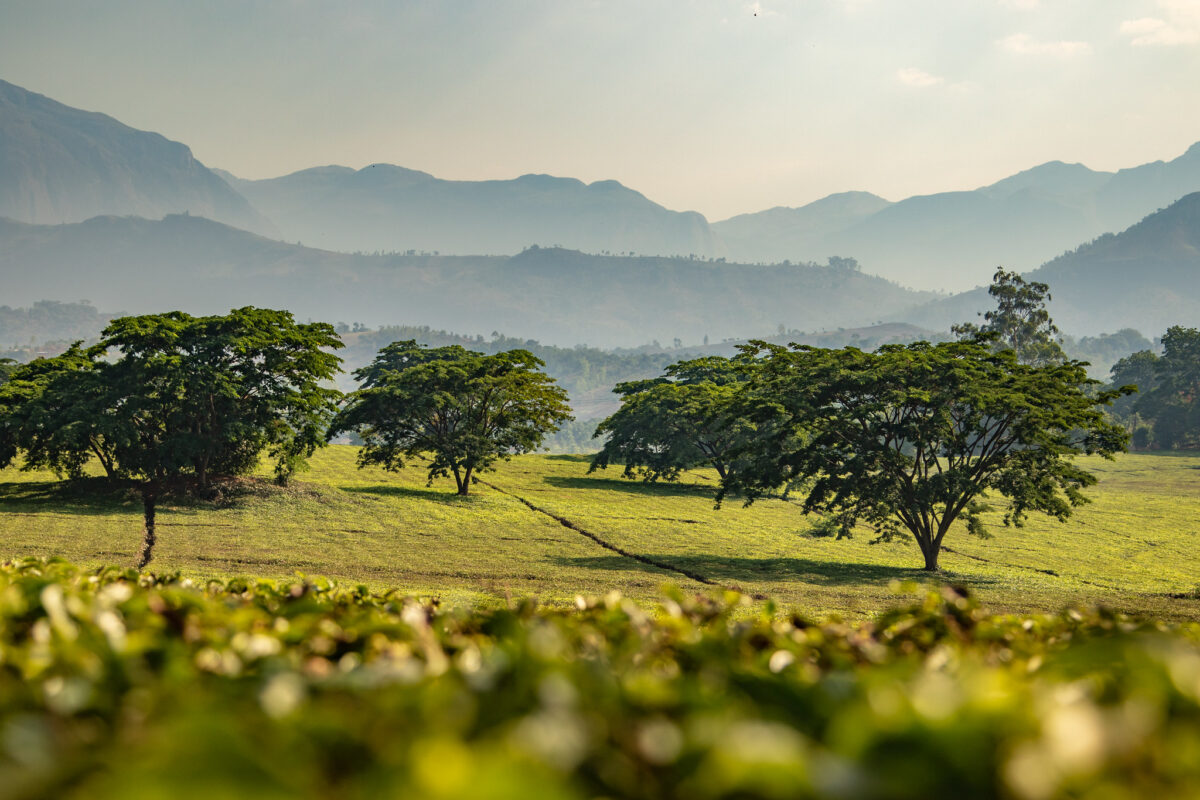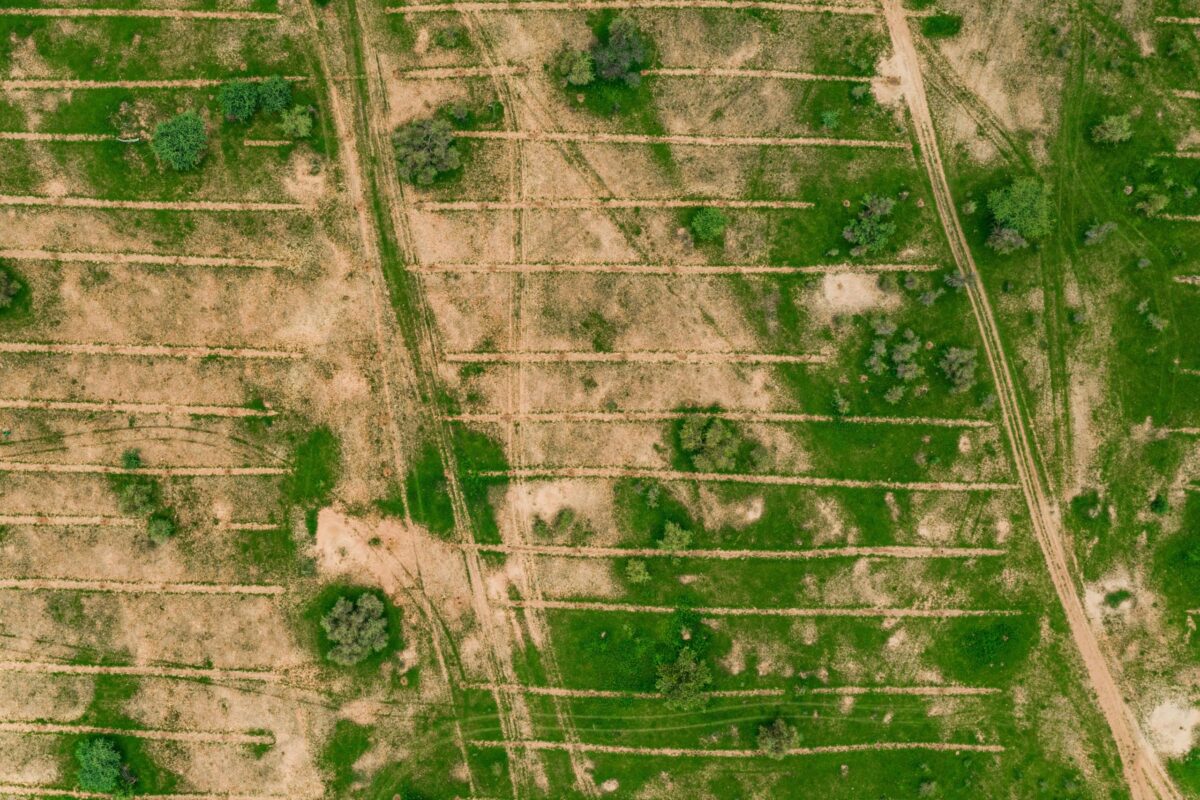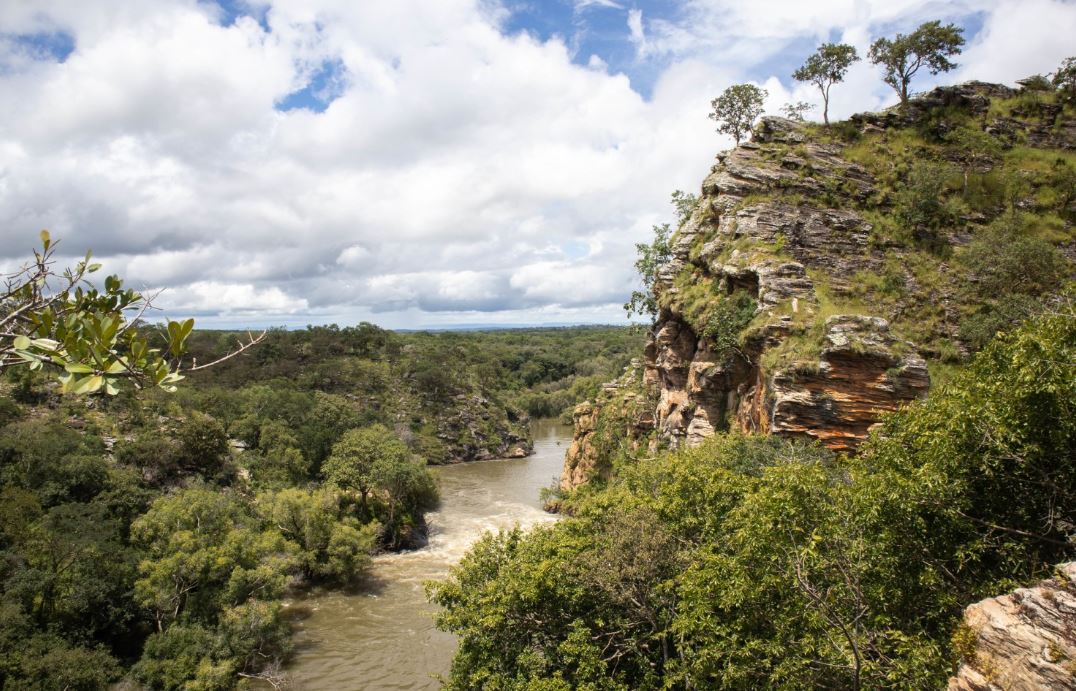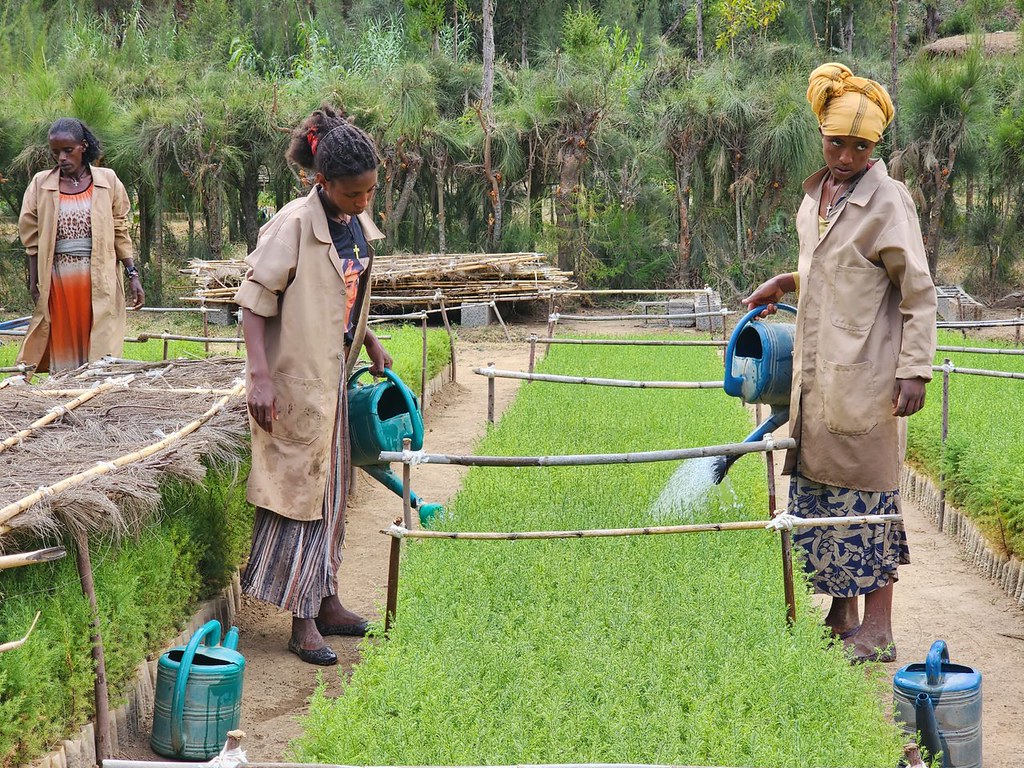This isn’t surprising, given that they are declining at an alarming rate worldwide and their disappearance would leave us without almost 70% of fruits, vegetables, seeds and nuts. It’s not just bees either. The annual global food production driven by the earth’s pollinator species amounts to between $235 billion and $577 billion yet, a growing number of these species, approximately 16%, are being driven towards extinction.
Due to the role of bees in promoting forest restoration and providing food and income opportunities, beehives are becoming an increasingly popular sight across environmental restoration areas as a means to encourage the conservation and restoration of forests.
Through the harvest and sale of honey, rural families can earn a living from healthy flourishing forests – an incentive for local engagement in forest restoration. Moreover, bee pollination itself helps the forest regenerate.
It can also increase agricultural yields in nearby farms, providing additional benefits to farming communities.
That’s why, in Zambia, as part of our efforts to restore the native Miombo woodland, we are engaging local families in beekeeping and honey production. One beehive can easily produce $20 revenue in one years’ time so with enough space for around 4 beehives per hectare of woodland, each family can earn an estimated $80 a year per hectare. This represents a substantial increase to their current income, which averages at around $300 per year.
With the right training and in cooperation with local enterprises, families are being transformed into bee stewards. They are seeing their incomes grow and their forests restored thanks to your support.


